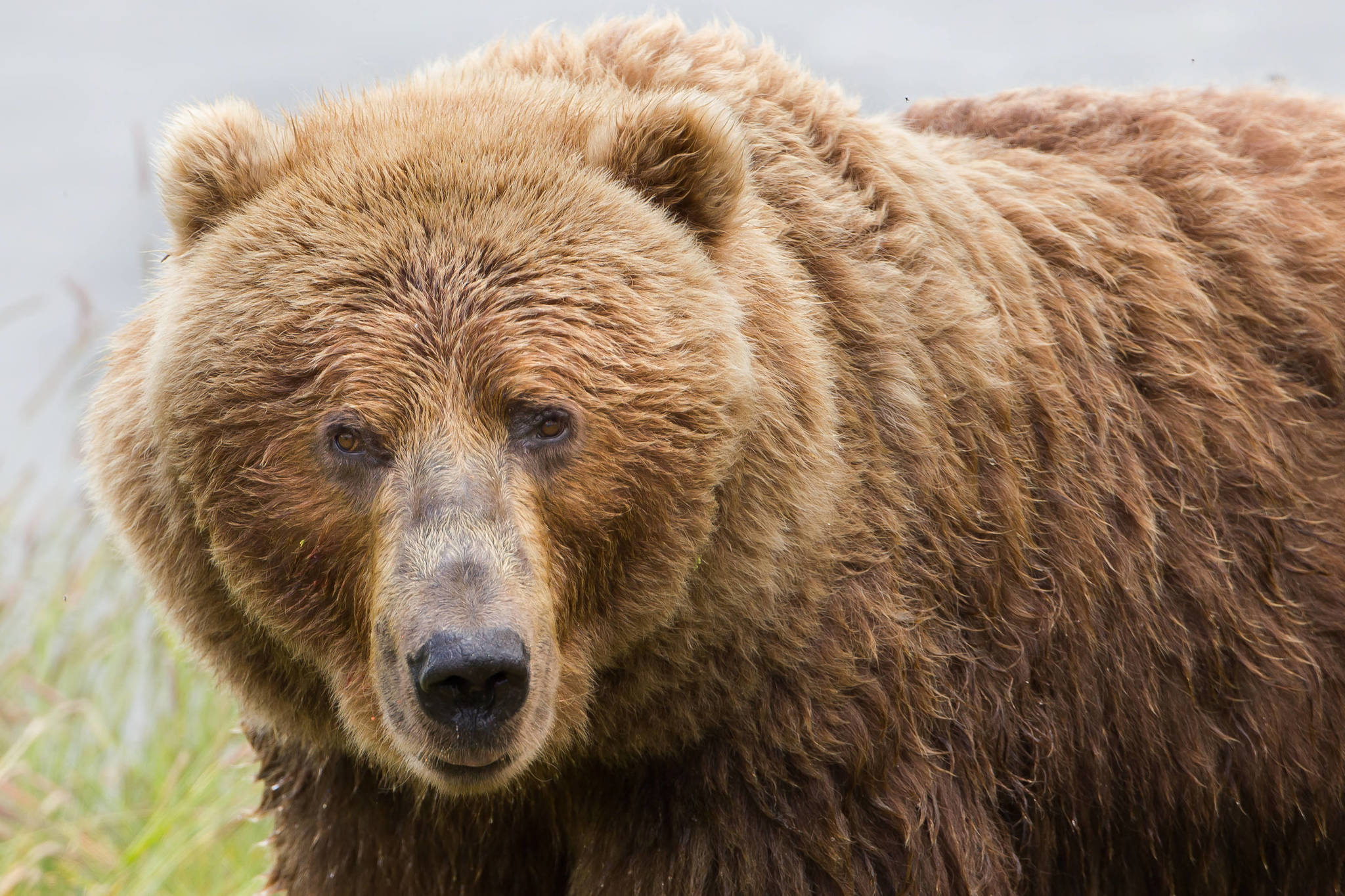The state of Alaska has a mandate to sustainably manage wildlife species for the benefit of hunters, which means they sometimes manage — even kill — certain species, like bears and wolves, to increase the numbers of others, like caribou.
But the National Parks Service — which oversees about 48 million acres of national parks and preserve land in Alaska — does not prioritize some animals over others. The different approaches of the two groups may come to a head in U.S. District Court case Alaska v. Zinke, Wildlife Wednesdays speaker Jim Adams explained at a lecture at the University of Alaska Southeast in front of a crowd of 75.
Adams is the director for the Alaska region of the National Parks and Conservancy Association. The National Park Service has a “dual mandate,” he said, which puts it in contrast with the state: They’re required to manage their lands for the benefit of users as well as future generations.
That means the NPS lets nature take its course. If an increase in bears leads to less deer, that’s not something the NPS will intervene with. Not so with the state of Alaska.
“The service does not engage in activities to reduce the number of native species to reduce the numbers of harvested species, nor does the service permit others to do so on lands managed by the National Park Service,” Adams said. “The state has a different management philosophy around wildlife.”
That difference manifests itself in how the state of Alaska, through Fish and Game, regulates bear hunting: they allow it. It’s not allowed on National Parks land.
The state of Alaska has claimed that some of the NPS hunting rules constitute federal overreach. Subsistence hunting and sport hunting is allowed on preserves, but not in National Parks like Denali.
Adams is an advocate to keep the status quo. Part of what makes him wary of state-controlled hunting in National Parks is the state’s tendency to liberalize hunting regulations, he said. The state errs on the side of hunting, while the parks service errs on the side of protecting for future generations.
He referenced a paper by two former Alaska Department of Fish and Game biologists from the peer-reviewed journal Ursus.
“They found 222 instances of that from 1995-2017 and they found four instances where the state became more conservative,” he said.
Adams is also wary of the state’s Intensive Management program, which engages in predator control, the controversial practice of the state of Alaska hunting wolves and bears, sometimes by helicopter. The idea is that, by killing a certain number of predators, important game species like caribou and moose will prosper.
Intensive Management started in 1994. This year, the state plans on killing 132-152 wolves in four management units, most of them in interior Alaska. Bears have been taken off the list this year, though the practice of controlling bear populations for the benefit of hunters could start again at some point. It’s also the last year for the Intensive Management Program’s biggest Intensive Management Program for wolves on the Upper Yukon/Tanana.
The manager of that program, Darren Bruning, told the Empire they’re reevaluating the effectiveness of predator control as part of their intensive management in that area. That will take about five years. The 40-mile caribou herd, which the program aims to bolster, has grown from about 13,000 in 1990 to over 50,000 at last count.
ADFG’s Bruce Dale, Director of the Division of Wildlife Services, said predator control is only used to protect important food species. It’s controversial, he said, but it’s one tool among many the department has to fulfill their mandate.
“It’s not something we go into lightly,” Dale said. “Our job is to give the decision makers, which in this case is the Board of Game and others, the best management tools and that’s what we’re intending to do.”
Adams contends that there are better ways to manage wildlife populations than predator control.
“There are other ways to manipulate wildlife populations than by directly going out and having the Department of Fish and Game go out and shoot them or an agent shoot them,” he said.
For instance, he said, Fish and Game can change the season length to allow hunters to kill more bears or wolves. They could also eliminate bag fees. If a hunter doesn’t have to pay to shoot a bear, they’re more likely to shoot one they encounter while hunting for other species.
• Contact reporer Kevin Gullufsen at 523-2228 or kevin.gullufsen@juneauempire.com. Follow him on Twitter at @KevinGullufsen.

